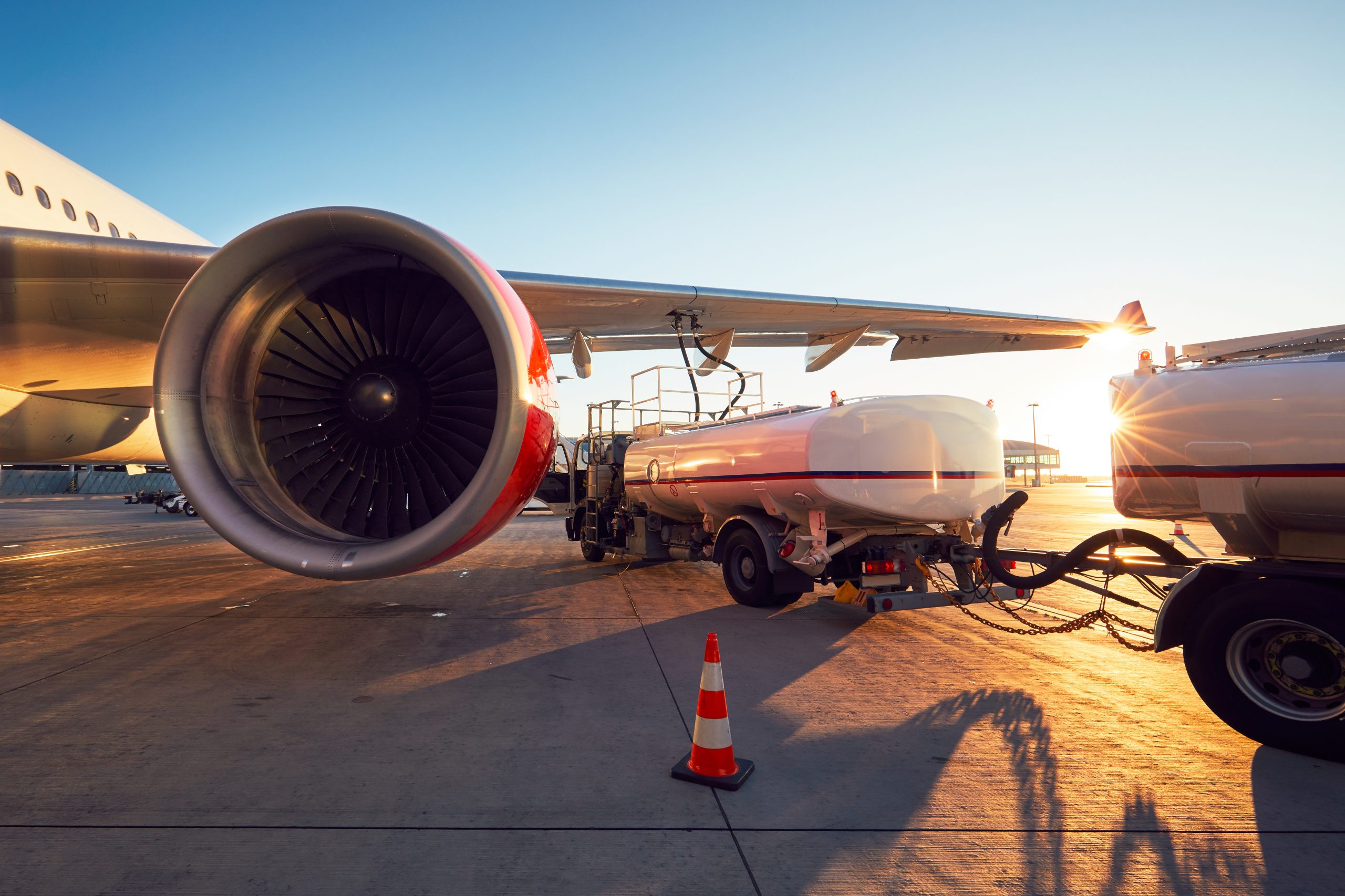The long-term path for aviation decarbonization is expected to lean heavily on synthetic sustainable aviation fuels. HEFA constraints will become clearly visible post-2030 and a shift to synthetic SAF will become urgent. Reports such as EU Destination 2050 already point to a stronger reliance on sustainable aviation fuel and a weaker outlook for hydrogen powered aircraft. So, all efforts are necessary to promote the demand for Sustainable Aviation Fuels within the aviation industry.
Meanwhile, the International Air Transport Association (IATA) recently published its guide to the Carbon Dioxide Removals market underlying the ‘important’ role of Direct Air Capture and Storage (DACCS) credits in synthetic SAF production. Which doesn’t sit well with my beliefs. I find that the urgent priority is to keep DACCS credits out of sight for airline CORSIA obligations! Here is why…
Carbon dioxide is an essential feedstock for SAF, but the most economical source is still pointsource capture rather than direct air capture (DAC). It takes 1/10th of the cost to capture CO2 at the source versus directly from the air! By compensating with DACCS under CORSIA, prices for the credits may go down over time. But that will not translate to cheaper CO2 input cost for SAF fuel production, as is the misconception. While it is certainly interesting for a pilot synthetic SAF project to source CO2e from a DAC plant. In practice, larger scale synthetic SAF producers will logically choose concentrated industrial emission sources (like waste to energy plants or steel plants) as feedstock of choice. For example, Smartenergy’s e-SAF project will source CO2e from a waste to energy plant for its Fischer-Tropsch e-SAF production pathway. The industry is exploring the colocation of SAF production with industrial heat or CO2 sources to unlock opex and capex efficiencies.
When facing the compliance costs of a large-scale scheme like CORSIA, airlines may naturally opt for lower cost options to remain competitive. Currently, DACCS prices hover between 600 and 1000 USD per tonne CO2e, comparable to HEFA SAF. Once CORSIA compliance kicks in, the pure cost equation may push airlines to choose DACCS over sustainable fuels. Policymakers must recognize this risk. If airline demand for CO2e compensation shifts toward DACCS, which is used as an input for SAF production, rather than toward the final low carbon fuel itself, the pathway to net zero could become either delayed and prohibitively steep. This substitution undermines momentum for scaling SAF within the CORSIA compliance market.
But will it even bode well for airline passengers? Airlines are concerned with the story they tell, but the idea that fleets of giant vacuum cleaners are solving aviation’s climate problem might be a tough sell.
The danger is clear. Direct air capture risks becoming a distraction if it diverts compliance demand away from low carbon fuels. The CORSIA Net Zero roadmap is meant to primarily accelerate the transition toward low carbon fuels, not to sideline them.
To truly scale e-SAF we need to focus on where it counts: lowering the cost of green hydrogen while providing regulatory and financial certainty to support production. How about Green Hydrogen production credits?
There are always cheap ways to get CO2e, let’s be honest about it. So, let’s not sideline the SAF train with DACCS. And don’t even get me started on long term offtakes for DACCS.
Anant Jain
Chief Innovation Officer
Azzera Inc.

